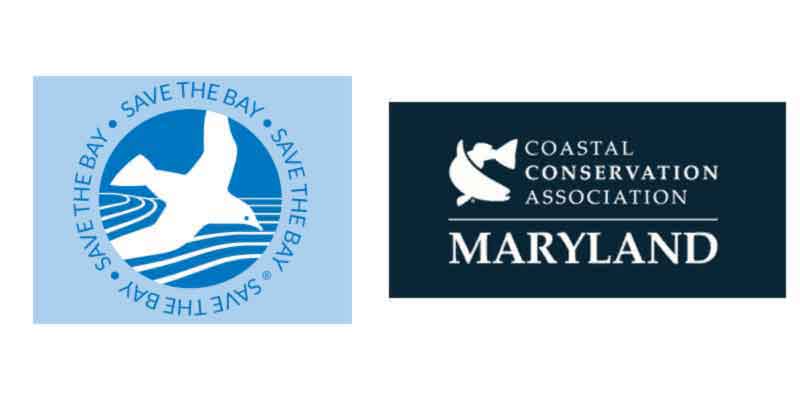Greetings FishTalk friends, I hope your summer is going well and the fish have been snappin’ in your own personal neck of the woods. No matter where in the Mid-Atlantic region you live and no matter who you are or what you do for a living, there’s no doubt that 2020 has thus far been one of the most bizarre years of your lifetime. Between Covid, politics, and social unrest, there isn’t an angler among us who hasn’t been distracted by the constant barrage of rapidly evolving issues. This being the case, I wanted to use this month’s column to try to help us all re-focus a bit on certain critically important matters that have in many cases been pushed to the back-burner.
- For the umpteenth-time there was an epic spring mahogany tide in the Middle and Upper Chesapeake Bay. While algae blooms like this are a natural occurrence, events of this size and scope are not. The net result? Horrific water quality, increased dead zones, and fish kills.
- Conowingo dam currently holds enough sediment to fill 265,000 rail cars stretching more than 4000 miles from end to end (according to the USGS). It’s so full that it no longer traps the huge amounts of pollution it once did (3.5 million pounds of phosphorus and 4 billion pounds of sediment per year on average prior to 2015). Despite knowledge of this slow-motion disaster in progress for decades, there is currently no master plan for removing this sediment and in last year’s agreement between Maryland and the dam’s owner, Exelon Generation Company, a whopping $500,000 was dedicated to fund a study of dredge material disposal options.
- Pennsylvania’s current “plan” for runoff pollution reduction is underfunded by $300 million dollars and 25-percent short for nitrogen-reduction. These aren’t shortfalls in results, but in their planned actions — they’re not even pretending to attempt to meet the stated goals.
- Poultry houses on the Eastern Shore emit almost 40 tons of ammonia into the air per year (according to a study in Science of the Total Environment), of which about 24.4 million pounds gets deposited on land and in the waters of DelMarVa.
To say that this is a partial list of the major items affecting water quality throughout our region would be the understatement of the year.
Although my kids may think I’m ancient, in truth I’m not all that old (I turn 52 this summer). But I have lived by and fished on the waters of the Chesapeake and the DelMarVa coastline every year of my life. And while I can only offer limited anecdotal evidence, I can confidently say that water quality issues are never-ending around here. I note that without question, decade by decade we see both progress and regression. Sometimes it’s two steps forward and one step back; other times it’s one step forward and two steps back.
Is water quality one of the reasons why striped bass populations have fallen well below peak levels? I have no science to reference because the science to answer this question doesn’t exist, though common sense and the overwhelming proportion of diseased fish one catches in some areas during the summer months would seem to argue that there’s a connection. And the connection between fisheries and water quality also unquestionably extends well beyond the Chesapeake. The first season I fished offshore, the Jackspot, a mere 24 miles from the inlet, had blue water and numerous pelagics for entire seasons at a time. When’s the last time you saw blue water instead of green, inside of 30 miles?
Bemoaning the sad state of environmental conditions is of no use if it doesn’t include a call to action that’s doable by just about anyone who hears it. And in this day and age when many of us are distracted by current events, hurt by the economy, and/or frustrated by comment-fatigue, said call to action has to be simple, straightforward, and relatively inexpensive. So here it is: Join the Coastal Conservation Association and/or the Chesapeake Bay Foundation. It’s easy to armchair-quarterback what they do, criticize the organizations, or find a policy position or two that you take issue with. Don’t let the perfect be the enemy of the good — these two organizations give us a voice in both water quality and fisheries management issues, and love them or hate them, we have no better alternatives.

Google them right now, and sign up. For the cost of two bags of bloodworms (literally) you can add a voice to the chorus calling for better water quality. And better water quality, dear FishTalk friends, will undoubtedly lead to catching more and bigger fish.